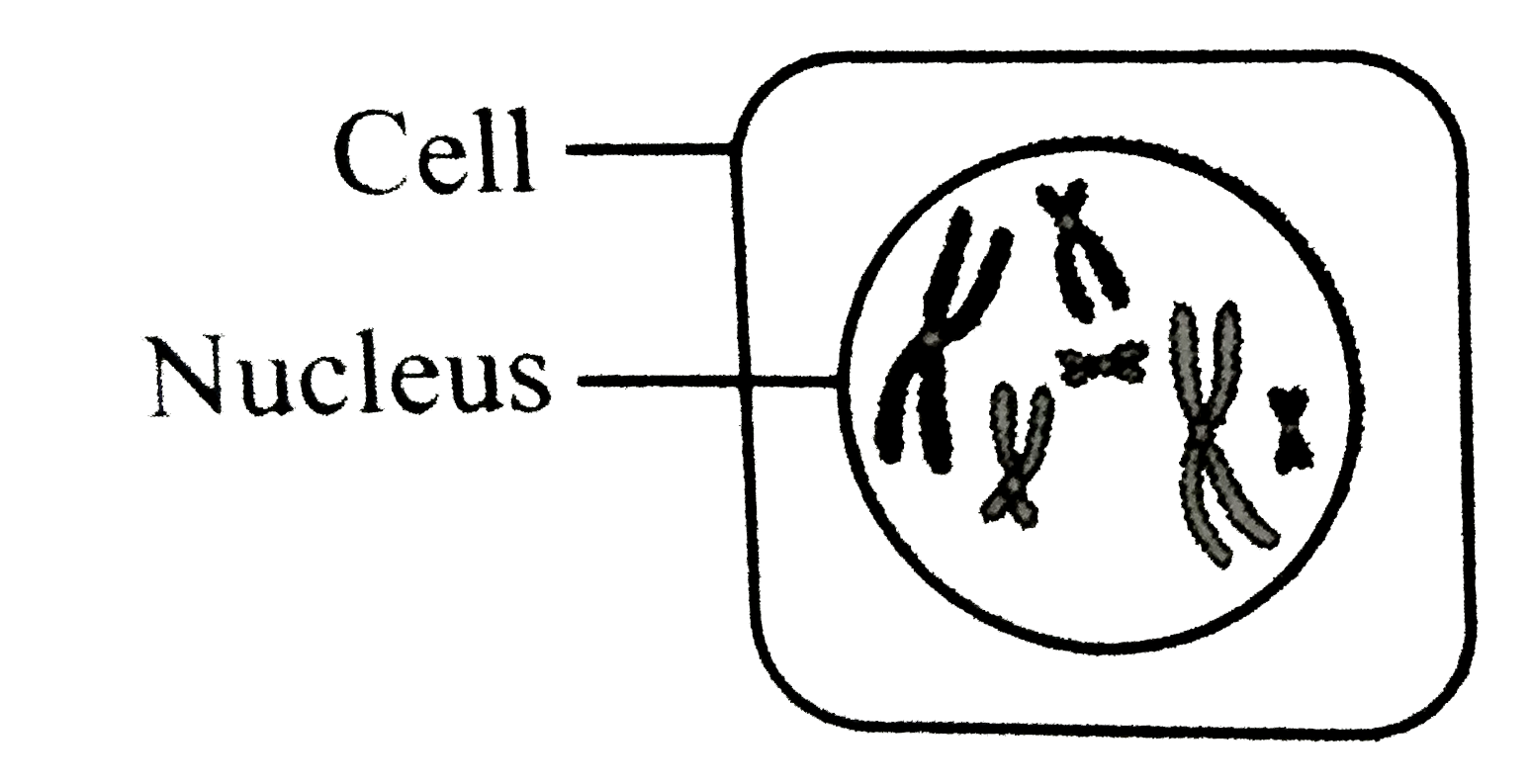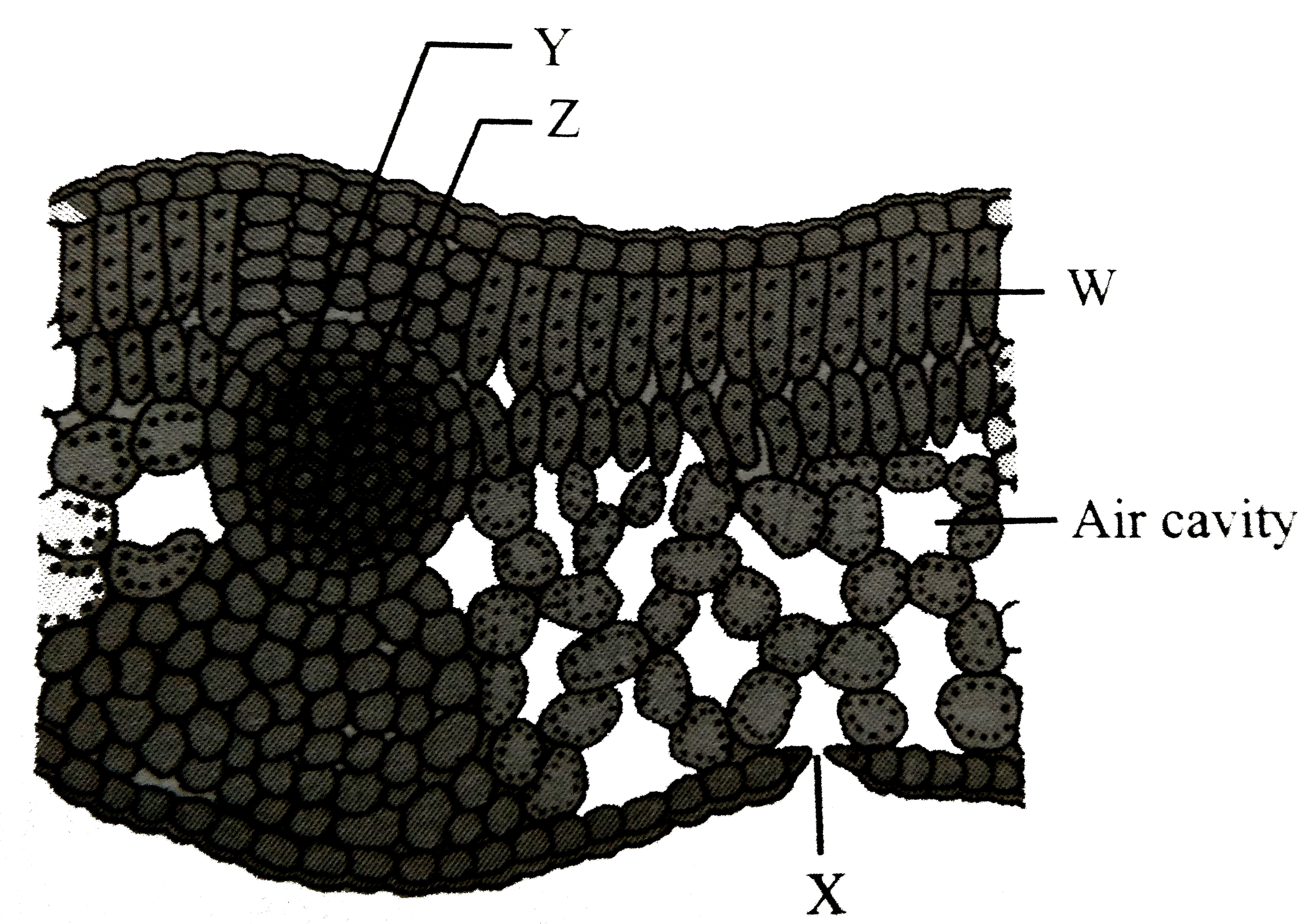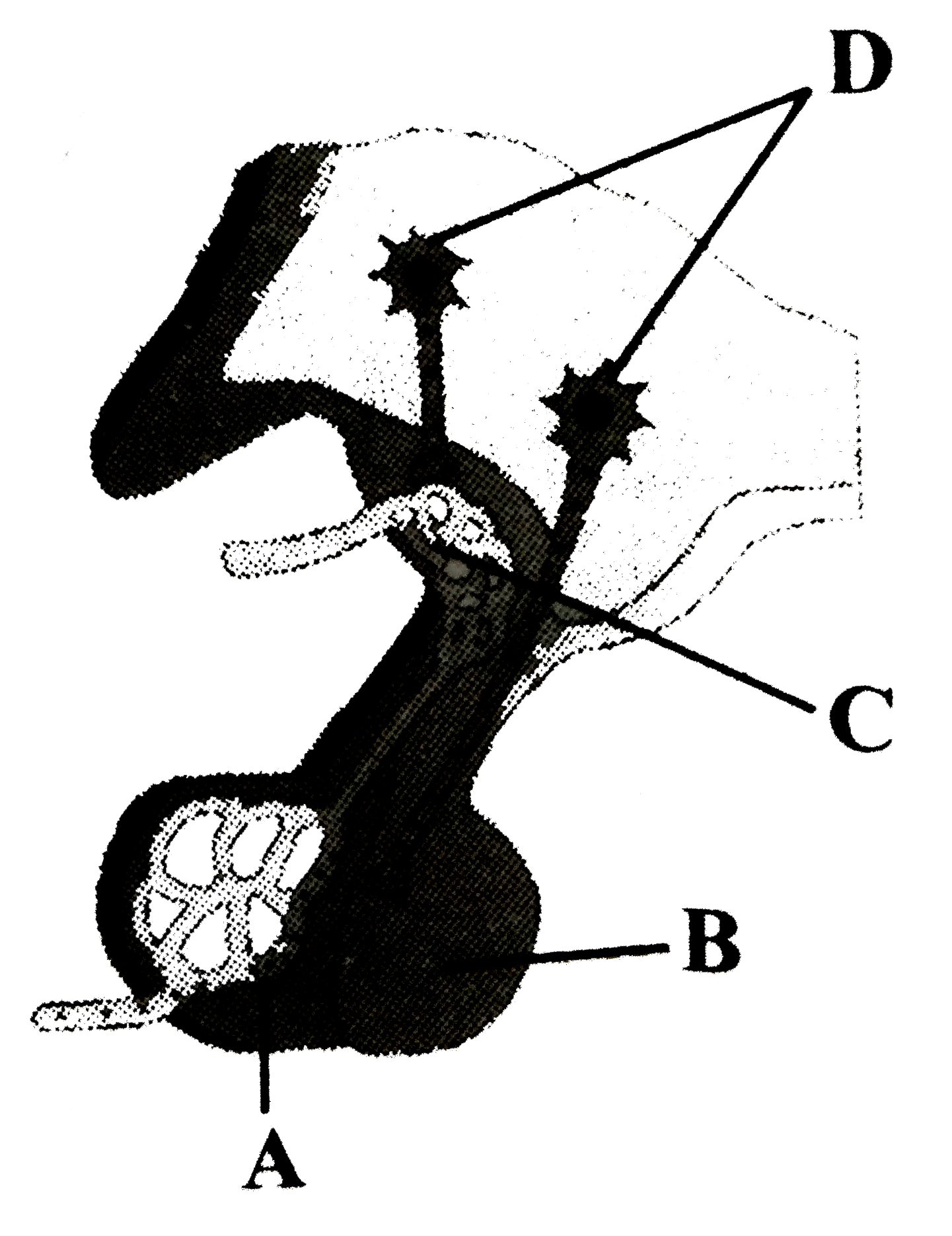Which of the following rules regarding the significant figures and calculations involving them is not correct?
The result of an addition or subtraction is reported to the same number of decimal places as present in number with least decimal places.
Result of multiplication or division should have same number of significant figures as present in most precise figure.
The result of multiplication or division should be rounded off to same number of significant figures as present in least precise figure.
The non-significant figures in the measurements are rounded off.
To determine which rule regarding significant figures is incorrect, we will analyze each option provided in the question.
1. Understanding Significant Figures in Addition/Subtraction:
- Rule: The result of an addition or subtraction is reported to the same number of decimal places as the number with the least decimal places.
- Example: Adding 1.1 (1 decimal place) and 1.21 (2 decimal places) gives 2.31. Since 1.1 has the least decimal places (1), we round 2.31 to 2.3.
- Conclusion: This rule is correct.
2. Understanding Significant Figures in Multiplication/Division:
- Rule: The result of multiplication or division should have the same number of significant figures as the number with the least significant figures.
- Example: Multiplying 2.5 (2 significant figures) and 1.25 (3 significant figures) gives 3.125. Since 2.5 has the least significant figures (2), we round 3.125 to 3.1.
- Conclusion: This rule is correct.
3. Analyzing the Incorrect Rule:
- Rule: The result of multiplication or division should have the same number of significant figures as present in the most precise figure.
- This is incorrect because the result should be based on the least precise figure, not the most precise one.
- Conclusion: This rule is incorrect.
4. Understanding Rounding Off Non-Significant Figures:
- Rule: Non-significant figures in the measurement are rounded off.
- This means that when rounding to the correct number of significant figures, any non-significant figures are discarded.
- Conclusion: This rule is correct.
Final Conclusion:
The rule that states "the result of multiplication or division should have the same number of significant figures as present in the most precise figure" is incorrect. Therefore, the answer is Option 2.
---
- Rule: The result of an addition or subtraction is reported to the same number of decimal places as the number with the least decimal places.
- Example: Adding 1.1 (1 decimal place) and 1.21 (2 decimal places) gives 2.31. Since 1.1 has the least decimal places (1), we round 2.31 to 2.3.
- Conclusion: This rule is correct.
- Rule: The result of multiplication or division should have the same number of significant figures as the number with the least significant figures.
- Example: Multiplying 2.5 (2 significant figures) and 1.25 (3 significant figures) gives 3.125. Since 2.5 has the least significant figures (2), we round 3.125 to 3.1.
- Conclusion: This rule is correct.
- Rule: The result of multiplication or division should have the same number of significant figures as present in the most precise figure.
- This is incorrect because the result should be based on the least precise figure, not the most precise one.
- Conclusion: This rule is incorrect.
- Rule: Non-significant figures in the measurement are rounded off.
- This means that when rounding to the correct number of significant figures, any non-significant figures are discarded.
- Conclusion: This rule is correct.
The rule that states "the result of multiplication or division should have the same number of significant figures as present in the most precise figure" is incorrect. Therefore, the answer is Option 2.
Topper's Solved these Questions
- BOOK - NCERT FINGERTPS ENGLISHCHAPTER - SOME BASIC CONCEPTS OF CHEMISTRY EXERCISE - HOTS9videos
SOME BASIC CONCEPTS OF CHEMISTRY
- BOOK - NCERT FINGERTPS ENGLISHCHAPTER - SOME BASIC CONCEPTS OF CHEMISTRY EXERCISE - EXEMPLAR PROBLEMS10videos
SOME BASIC CONCEPTS OF CHEMISTRY
- BOOK - NCERT FINGERTPS ENGLISHCHAPTER - REDOX REACTIONSEXERCISE - Assertion And Reason15videos
REDOX REACTIONS
- BOOK - NCERT FINGERTPS ENGLISHCHAPTER - STATES OF MATTER EXERCISE - Assertion And Reason15videos
STATES OF MATTER
Similar Questions
Knowledge Check
- Question 1 - Select One
Which of the following is correct regarding the given figure?
 ANo. ofNo. ofNO. ofcentrometerkinetochorearms 2 1 4BNo. ofNo. ofNO. ofcentrometerkinetochorearms 1 2 4CNo. ofNo. ofNO. ofcentrometerkinetochorearms 2 2 4DNo. ofNo. ofNO. ofcentrometerkinetochorearms 1 2 2
ANo. ofNo. ofNO. ofcentrometerkinetochorearms 2 1 4BNo. ofNo. ofNO. ofcentrometerkinetochorearms 1 2 4CNo. ofNo. ofNO. ofcentrometerkinetochorearms 2 2 4DNo. ofNo. ofNO. ofcentrometerkinetochorearms 1 2 2 - Question 2 - Select One
Which of the following is correct regarding the given figure ?
 ANo. ofNo. ofNO. ofcentrometerkinetochorearms 2 1 4BNo. ofNo. ofNO. ofcentrometerkinetochorearms 1 2 4CNo. ofNo. ofNO. ofcentrometerkinetochorearms 2 2 4DNo. ofNo. ofNO. ofcentrometerkinetochorearms 1 2 2
ANo. ofNo. ofNO. ofcentrometerkinetochorearms 2 1 4BNo. ofNo. ofNO. ofcentrometerkinetochorearms 1 2 4CNo. ofNo. ofNO. ofcentrometerkinetochorearms 2 2 4DNo. ofNo. ofNO. ofcentrometerkinetochorearms 1 2 2 - Question 3 - Select One
Which of the following is correct regarding the given figure ?
 ANo. ofNo. ofNO. ofcentrometerkinetochorearms 2 1 4BNo. ofNo. ofNO. ofcentrometerkinetochorearms 1 2 4CNo. ofNo. ofNO. ofcentrometerkinetochorearms 2 2 4DNo. ofNo. ofNO. ofcentrometerkinetochorearms 1 2 2
ANo. ofNo. ofNO. ofcentrometerkinetochorearms 2 1 4BNo. ofNo. ofNO. ofcentrometerkinetochorearms 1 2 4CNo. ofNo. ofNO. ofcentrometerkinetochorearms 2 2 4DNo. ofNo. ofNO. ofcentrometerkinetochorearms 1 2 2
Which of the following has the highest number of significant figures ?
View SolutionWhich of the following is correct regarding the excretion ?
View SolutionWhich of the following are correct regarding the given reaction?
 View Solution
View SolutionWhich of the following is correct regarding the given diagram ?
 View Solution
View SolutionWhich of the following is correct regarding jaundice?
View Solution

